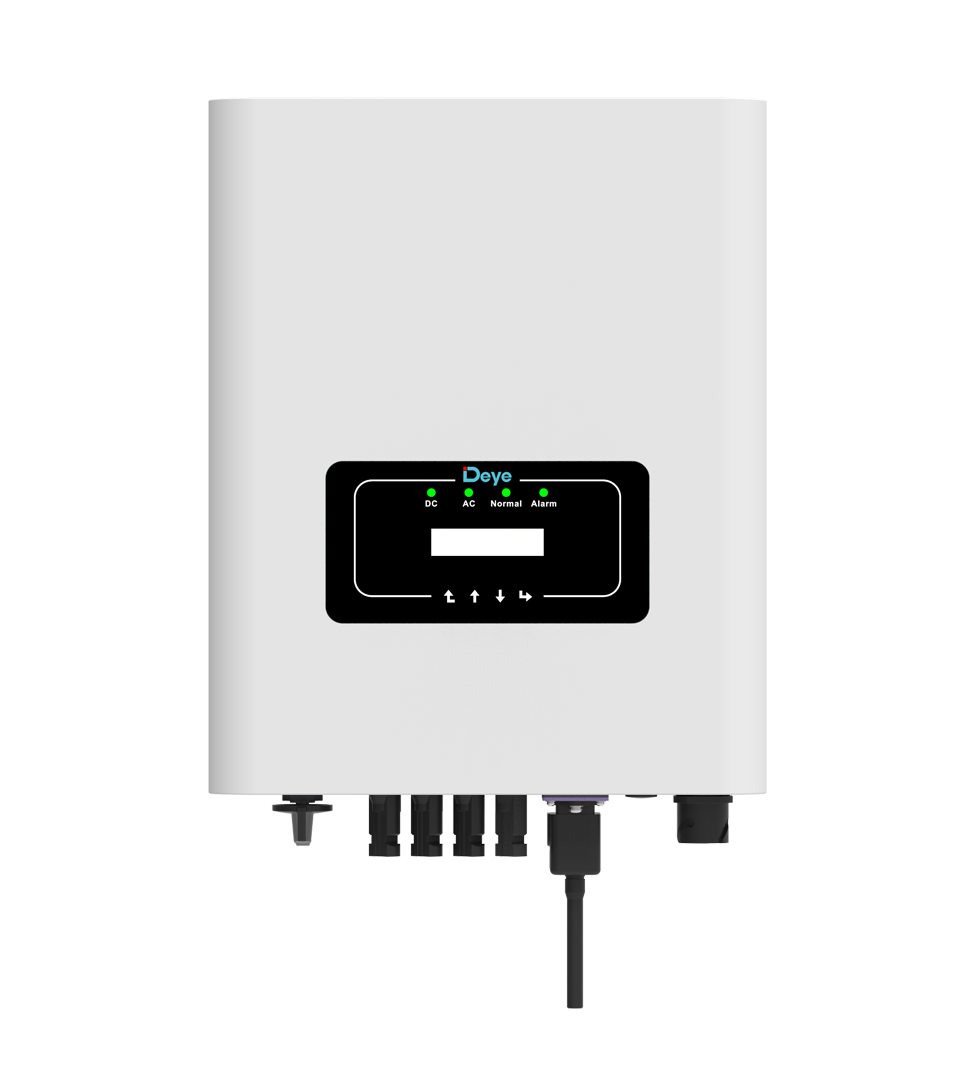How to install and calibrate inverter meters for accurate measurements?- NingBo Deye Inverter Technology Co.,Ltd
Installing and calibrating inverter meters is essential to ensure accurate measurements of power and energy in electrical systems. Here is a general guide on how to install and calibrate inverter meters:
Determine the Installation Location: Select an appropriate location for the inverter meter. It should be installed near the inverter or electrical panel where it can accurately measure the power output or consumption.
Mounting the Inverter Meter: Mount the inverter meter securely using appropriate brackets or mounting hardware. Ensure it is placed in a position that allows easy access for maintenance and reading.
Connect Wiring: Connect the wiring according to the manufacturer's instructions. This typically involves connecting the meter to the power source, load, and any necessary current transformers (CTs) or voltage transformers (VTs).
Verify Electrical Connections: Double-check all electrical connections to ensure they are secure and properly tightened. Loose connections can affect the accuracy of the meter readings.
Power On and Configure Settings: Power on the inverter meter and access its configuration settings. Follow the manufacturer's instructions to set the necessary parameters such as voltage range, current range, communication settings, and other relevant settings.
Calibrate the Inverter Meter: Calibration is crucial to ensure accurate measurements. Consult the manufacturer's guidelines for calibration procedures specific to your inverter meter model. This may involve adjusting calibration factors, zero offsets, or performing a calibration procedure using known reference standards.
Test and Verify Accuracy: After calibration, perform test measurements using known loads or power sources to verify the accuracy of the meter readings. Compare the meter readings with the expected values to ensure they align within an acceptable range.
Periodic Maintenance and Recalibration: Regularly inspect and maintain the inverter meter to ensure its continued accuracy. Consider periodic recalibration based on manufacturer recommendations or industry standards to maintain precise measurements over time.
It is important to note that the specific installation and calibration procedures may vary depending on the type and model of the inverter meter. Always refer to the
inverter meter Supplier instructions and consult with qualified professionals if needed. Compliance with electrical codes, safety regulations, and local standards is crucial throughout the installation process.


Higher yields / Safe & Reliable / Smart / User-friendly
The single-phase inverter is one of the best options for residential application thanks to its smaller size and local LCD display, buttons. Also, with built-in zero-export function (external CT is needed), it offers true ease and comfort for PV system operators and installers.


